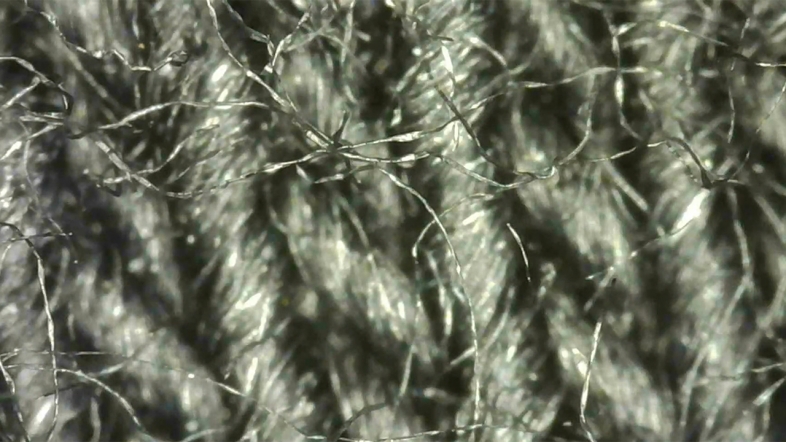Can Dry Rot Be Detected With a High-Powered Microscope?

Dry rot continues to tear the vintage t-shirt community apart. While some people claim they’ve found a cure, we’ve been busy in the Defunkd labs trying to detect and prevent dry rot.
This latest experiment was inspired by our colleague, Dereke from @waxandthreadsvintage. The man should be given a Nobel Prize for his non-invasive way to test a t-shirt for dry rot. More importantly, though, his process enables us to detect if a deadstock t-shirt’s pH levels are headed in the wrong direction can potentially save a t-shirt destined to become dust in the wind.
But part of Dereke’s body of work was unpublished. He also did preliminary research into the fibers of a dry rot shirt by examining them under magnification. He utilized a pocket microscope with a zoom of 100x and compared what he saw between a dry-rotted t-shirt versus one without. Did the fibers have any telltale evidence of dry rot?
Before he could make any conclusions, “big dry rot” found out about his research, destroyed his equipment, and silenced him. He lives in exile now.
But what if we went beyond 100x magnification? Like, say, 1000x?
Can Dry Rot Be Detected Using a High Powered Microscope?
You be the judge.
Below are two videos of deadstock t-shirts where the magnification progressively increases.
One of the videos features a dry rot t-shirt, the other tee has no dry rot.
Deadstock T-Shirt #1
Deadstock T-Shirt #2
Based on what you saw, which one has dry rot? Click to the full YouTube video and check the title for the answer.
What Does a Dry Rot Rip Look Like Magnified?
Tigger Warning: Here’s a bonus video of the dry rot shirt being torn under magnification.
This page contains a form, you can see it here


